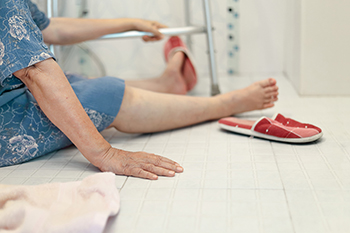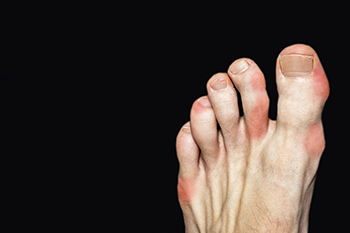 Running, while an excellent form of exercise, can lead to a variety of foot and ankle injuries, such as plantar fasciitis, stress fractures, and ankle sprains. Fortunately, there are preventative measures that you can take to reduce your risk of injury. When running, it’s important to avoid overtraining. Running too many miles, too often, and too quickly is a recipe for overuse injuries. When running, increase the mileage, duration, and intensity of your runs slowly over time. It’s also important to wear the right shoes. Running shoes should fit properly, cushion and support the feet, and be replaced when they become worn out. Stretching and strengthening the legs and feet can help prevent injury as well. To learn more about how to avoid running injuries, please consult with a chiropodist.
Running, while an excellent form of exercise, can lead to a variety of foot and ankle injuries, such as plantar fasciitis, stress fractures, and ankle sprains. Fortunately, there are preventative measures that you can take to reduce your risk of injury. When running, it’s important to avoid overtraining. Running too many miles, too often, and too quickly is a recipe for overuse injuries. When running, increase the mileage, duration, and intensity of your runs slowly over time. It’s also important to wear the right shoes. Running shoes should fit properly, cushion and support the feet, and be replaced when they become worn out. Stretching and strengthening the legs and feet can help prevent injury as well. To learn more about how to avoid running injuries, please consult with a chiropodist.
Although running is a wonderful exercise to keep you in shape, it can wreak havoc on your feet and ankles if you don’t take preventive measures. If you have sustained a foot and ankle injury from running, please consult with one of the chiropodists from The Footcare Centre. Our chiropodists can help you maintain the health of your lower limbs and your mobility.
Some common running injuries include:
Achilles tendonitis
Shin splints
Ankle sprains
Stress fractures
Plantar fasciitis
Bursitis
What causes injuries?
These injuries are usually caused by overtraining, wearing the wrong shoes, running on hard surfaces, having tight and inflexible muscles, or having biomechanical issues in the feet or ankles.
What can I do to prevent injuries?
Train slowly and gradually
Give yourself plenty of time to recover following a run
Wear shoes that fit properly and support your foot
Avoid running on hard surfaces, like concrete
Stretch and strengthen the muscles of your lower legs
Warm-up prior to a run
Have your gait analyzed and your feet examined by a chiropodist to determine if there are any biomechanical problems that need to be treated
If you have any questions, please feel free to contact our office located in . We offer the newest diagnostic and treatment technologies for all your foot care needs.





 Gout
Gout 